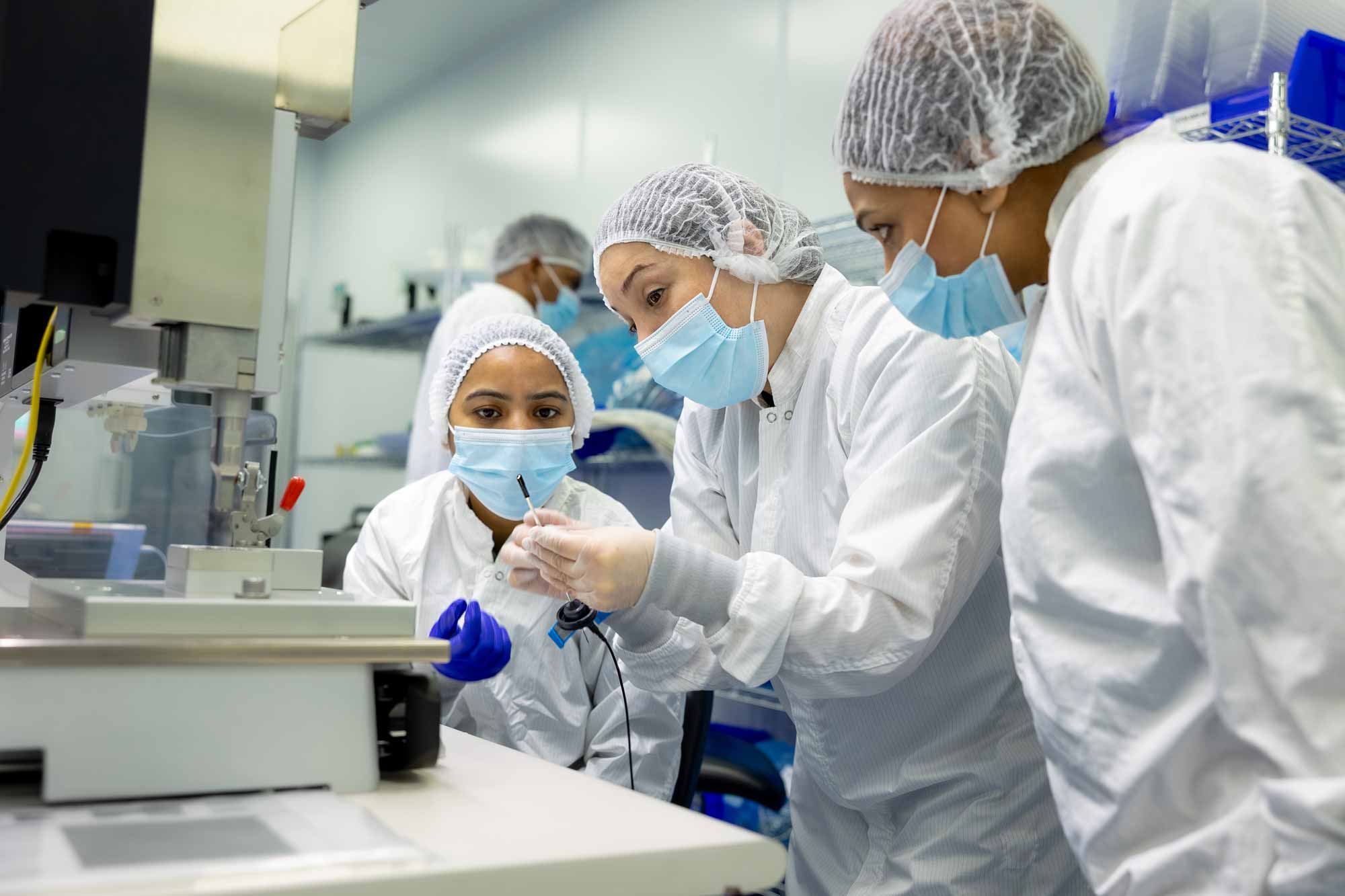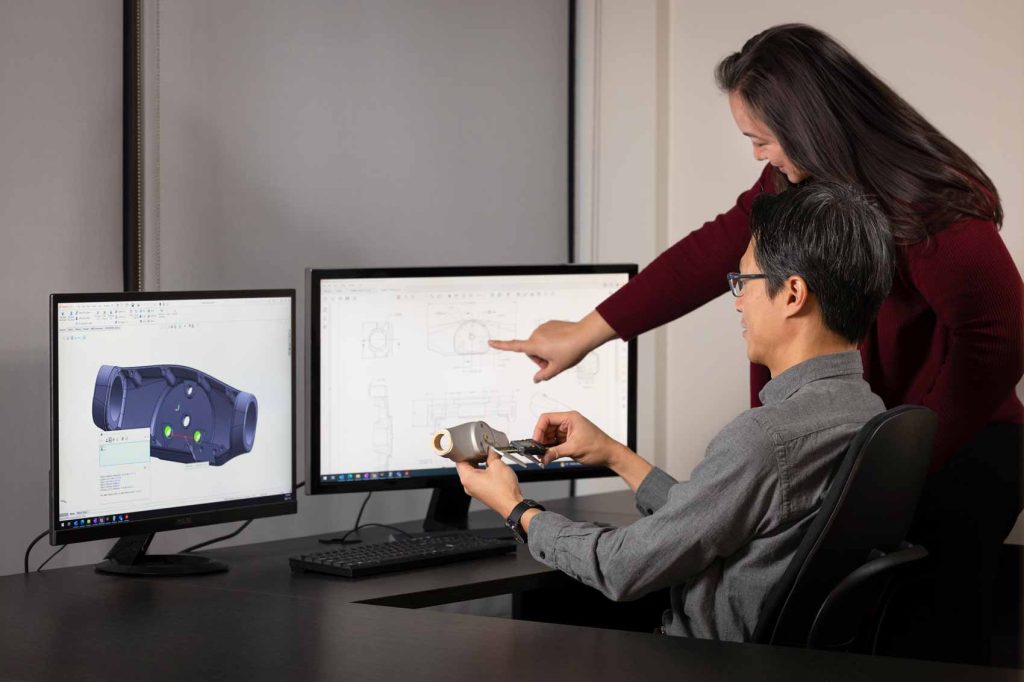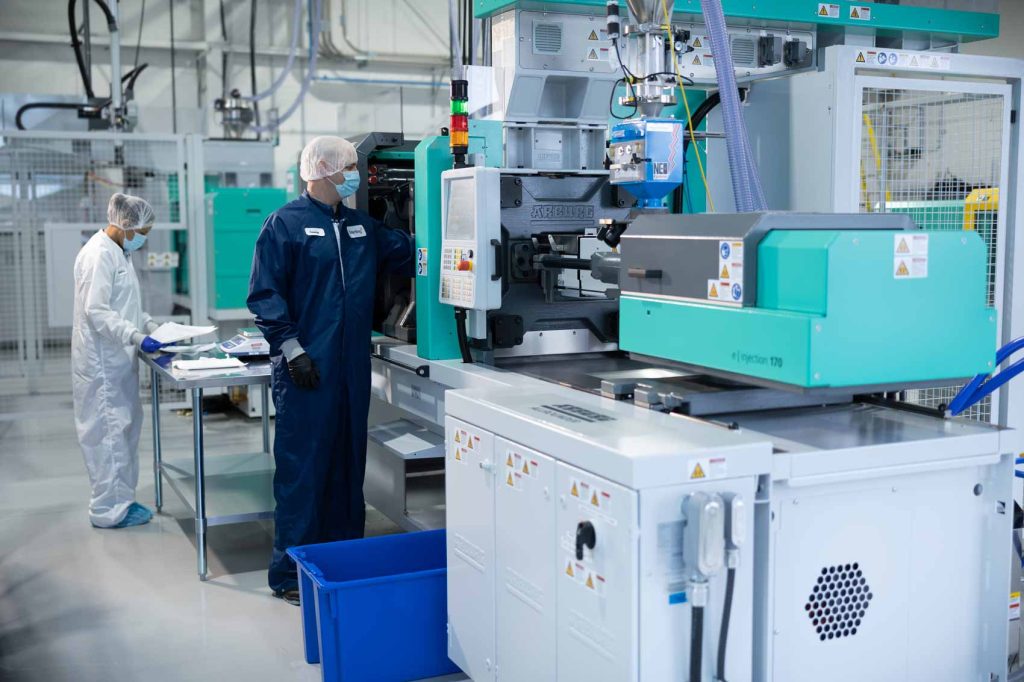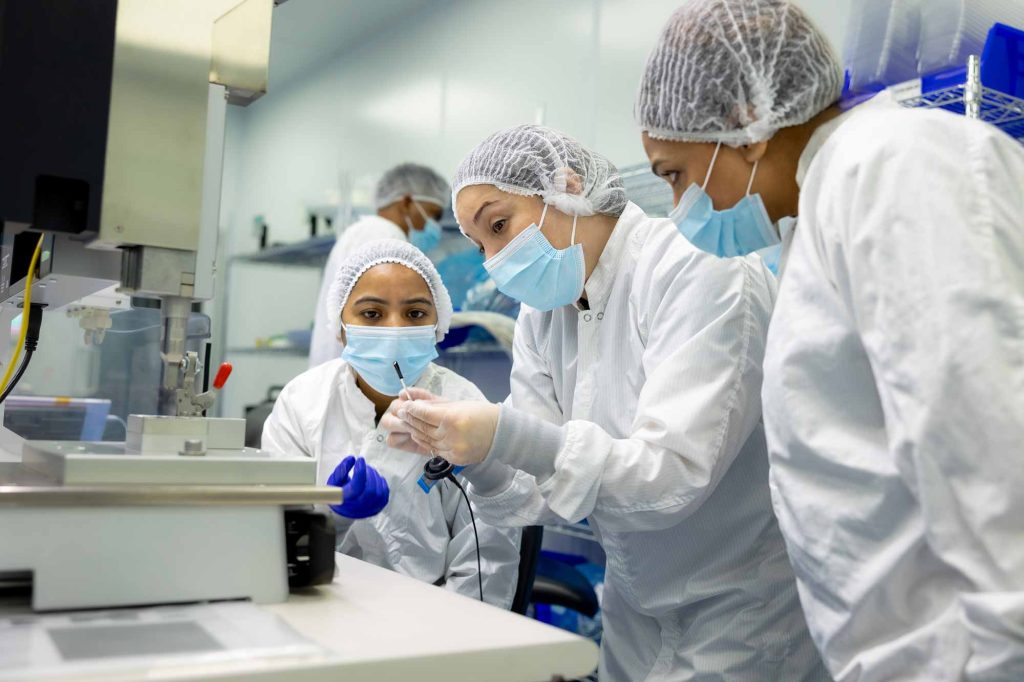ARTICLE
Drama-free Medical Device Manufacturing Transfers

David Van Slingerland
CEO, Sterling Industries
Reprinted from BioMatters magazine

In the world of medical devices, the ability to pivot isn’t just a nice-to-have — it’s a must-have. Whether you’re a fast-scaling newcomer or a multinational juggling global supply chains, the need for a manufacturing transfer is sometimes inevitable. At Sterling Industries, we’ve honed the art of the pivot, turning manufacturing headaches into streamlined success stories. Let’s dive into the Sterling approach to nailing the delicate dance of medical device manufacturing transfers.
Time for a Change: Manufacturing Transfers
Let’s be real: change is one of the constants in the medtech world. Maybe you’ve outgrown your current manufacturing setup faster than a teenager outgrows shoes. Perhaps you’re eyeing a Contract Manufacturer (CM) that can help you navigate trade and tariff agreements. Or maybe—let’s be frank—your current CM just isn’t cutting it anymore.
Whatever the reason, manufacturing transfers for medical devices are the bridge between where you are and where you need to be. They’re complex, high-risk endeavors that can make or break your product launch, market expansion, or bottom line. Get it right, and you’re looking at improved scalability, cost optimization, and a potential edge over the competition. Get it wrong, and… well, let’s just say it’s not pretty.
The Sterling Standard
At Sterling Industries, we are well-practiced at the art and science of medical device manufacturing transfers. Our process is built on three rock-solid pillars:
- Precision Planning: We map out every detail, from regulatory requirements to supply chain logistics, taking a “stage gate” approach: we all agree on step A before moving on to step B.
- Agile Execution: Our teams are nimble and able to pivot (there’s that word again) when unexpected challenges pop up.
- Continuous Communication: we’d rather overcommunicate than leave our clients wondering, “What’s happening with my transfer?”

Risky Business: Avoiding Pitfalls
We’ve seen it all in this business. The “it’ll probably be fine” approach to timeline planning. The “we’ll figure it out as we go” strategy for regulatory compliance.The “surely they know what we mean” philosophy of documentation transfer. Spoiler alert: none of these end well.
Common pitfalls include underestimating timeline complexity, overlooking critical quality system requirements, and failing to account for supply chain hiccups. At Sterling, we’ve know that naive optimism doesn’t help anyone. Our risk mitigation strategies are baked into every step of the transfer process, ensuring we spot and neutralize threats before they can derail your project.
Building a Dream Team
A manufacturing transfer is only as good as the team behind it. At Sterling, we don’t just assign a project manager and call it a day. We assemble a cross-functional dream team tailored to your specific needs. Think of them as super heroes of manufacturing transfers, but with fewer capes and more cleanroom suits.
Our teams typically include:
- A veteran Project Manager with a range of transfers under their belt
- Quality Assurance experts who live and breathe regulatory compliance
- Supply Chain wizards who could source a unicorn if your BoM called for it
- Engineering gurus who translate your design intent into manufacturable reality
- Operations mavens who ensure your product flows through our facility like water

All Hail the QMS
Checklists are great for groceries, but they fall short for complex, multi-domain, timeline-shifting projects. The backbone of successful manufacturing transfers for medical devices is a modern Quality Management System (QMS), and a team that embraces it. At Sterling, our QMS isn’t just a set of procedures—it’s at the center of our work.
Every member of our staff lives and breathes our QMS. It guides every decision, from the big-picture strategy to the smallest component inspection. This systemic approach to quality ensures consistency, traceability, and compliance at every step of the transfer process.
The Future is Flexible
The medical device manufacturing landscape doesn’t stand still, and neither do we… you won’t either. We’re your partners in Continuous Improvement, always looking for opportunities to improve quality, consistency and cost of our clients’ devices. We also invest in technologies and training that improve the way we do things, from advanced vision systems to predictive procurement.
Whether you’re a scale-up preparing for rapid growth or an established OEM looking to worry about one less product line, Sterling Industries is ready to be your partner in the art of the pivot.
Remember, in the world of medical device manufacturing, standing still is moving backward. If you’re considering a change, we’re all ears.
